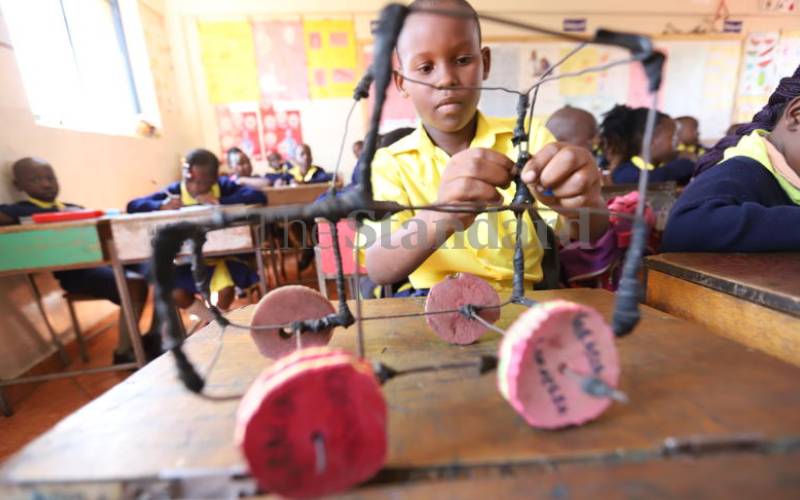×
The Standard e-Paper
Informed Minds Prefer The Standard

Wein Motugi, a grade three pupil of Golden Elites, puts the final touches on his toy, September 16, 2019. [Denish Ochieng, Standard]
The ongoing debate about the implementation of the Competency-Based Curriculum (CBC) is not about to come to an end, simply because there had never been wide public participation, in terms of design, teachers’ readiness, parental involvement, and adequate availability of learning resources.